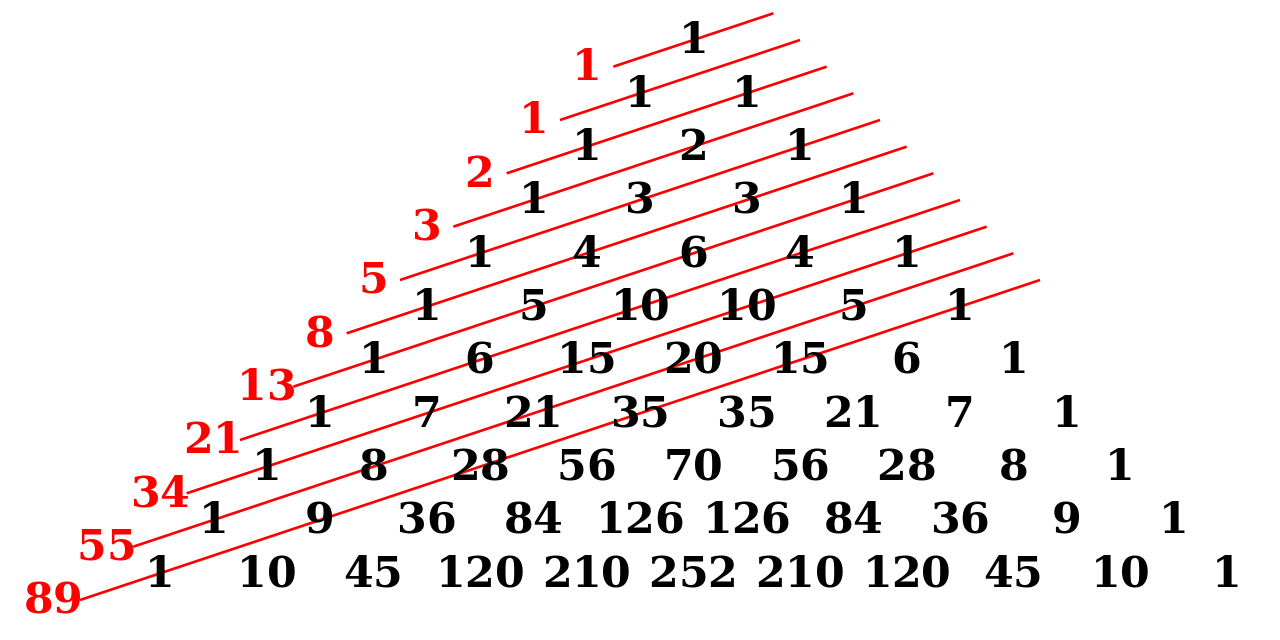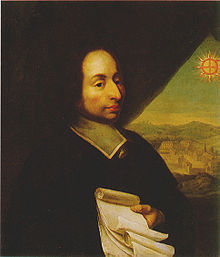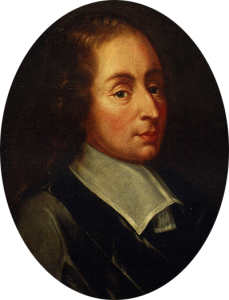
This is another brillian video from Mathologer. In 2007 a simple beautiful connection Pythagorean triples and the Fibonacci sequence was discovered. This video is about popularising this connection which previously went largely unnoticed. If you want more details go to the video on Mathologer.
Pascal’s Triangle
- One of the most interesting Number Patterns is Pascal’s Triangle (named after Blaise Pascal, a famous French Mathematician and Philosopher). …
- Diagonals. …
- Symmetrical. …
- Horizontal Sums. …
- Exponents of 11. …
- The same thing happens with 116 etc.
- Squares. …
- Fibonacci Sequence.
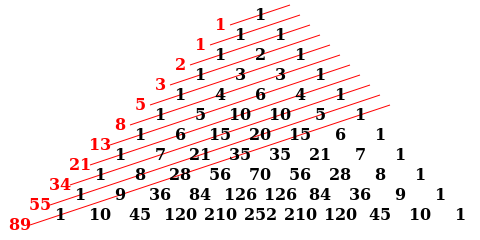
The Coefficients of the Binomia Theorem from Pascal’s Triangle
Pascal’s triangle formula is (n+1)C(r) = (n)C(r – 1) + (n)C(r). It means that the number of ways to choose r items out of a total of n + 1 items is the same as adding the number of ways to choose r – 1 items out of a total of n items and the number of ways to choose r items out of a total of n items.
The Fibonacci sequence with Pythagorean triples
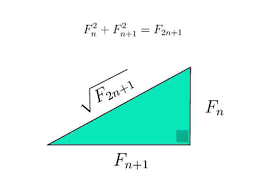
The sum of the squares of consecutive Fibonacci numbers is another Fibonacci number. Specifically we have the following right triangle. The hypotenuse will always be irrational because the only Fibonacci numbers that are squares are 1 and 144, and 144 is the 12th Fibonacci number.
Pascal’s triangle is commonly used in probability theory, combinatorics, and algebra. In general, we can use Pascal’s triangle to find the coefficients of binomial expansion, the probability of heads and tails in a coin toss, the probability of certain combinations of things, and so on…
Video
About Mathologer
Enter the world of the Mathologer for really accessible explanations of hard and beautiful math(s). In real life the Mathologer is a math(s) professor at Monash University in Melbourne, Australia and goes by the name of Burkard Polster. These days Marty Ross another math(s) professor, great friend and collaborator for over 20 years also plays a huge role behind the scenes, honing the math(s) and the video scripts with Burkard. And there are Tristan Tillij and Eddie Price who complete the Mathologer team, tirelessly proofreading and critiquing the scripts and providing lots of original ideas. If you like Mathologer, also check out years worth of free original maths resources on Burkard and Marty’s site http://www.qedcat.com.

